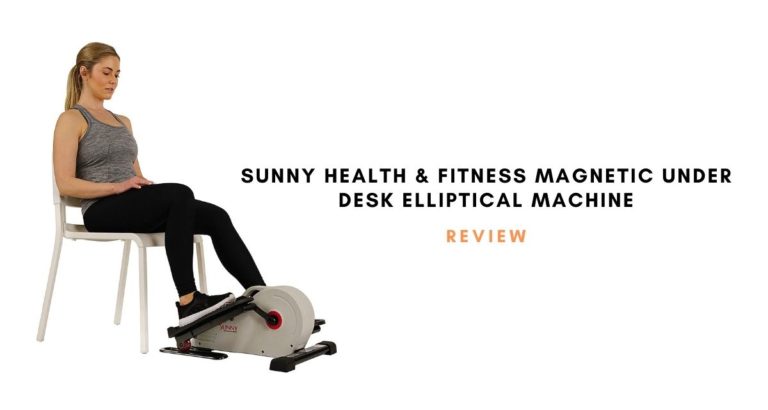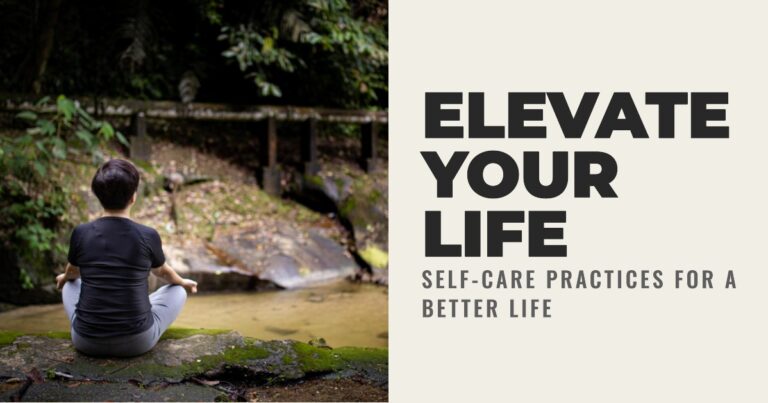Americans may have lulled themselves into a false sense of security a decade ago when, in 2013, the US was ‘bested’ at the top of the league of fattest nations by Mexico. At that point, 32.8% of Mexican adults were classed as obese – meaning a Body Mass Index (BMI) of 30 or higher, while the American number was 31.8%. A decade on, the Trust For American Health Reports that the US figure now stands at 41.9% of American adults being obese.
While it’s headlines that catch the eye, there’s always some digging to be done behind the numbers. There’s a strong correlation between rates of physical activity and rates of obesity. In Oklahoma – the third most obese state in the nation – levels of exercise have dropped 3% since 2018 with obesity rates rising 13% in the same period. In many ways, it’s a vicious circle. Putting on weight means we’re less likely to want to exercise because it’s more difficult. Running puts a strain on the joints and the mostly rural states where obesity rates are worse are less likely to have local amenities like swimming pools. Couple that with American suburban planning, meaning that walking to places isn’t a practical option and it becomes very easy to compound the sedentary lifestyle that the modern workplace – particularly working from home – involves.
For folks looking to embark on the path of fitness, a big helping hand has appeared over the last couple of years, in the shape of GLP-1 programs. Let’s take a look.
What do GLP-1 medications do?
GLP-1 medications are a large part of the new wave of doctor-assisted weight loss. The medicines were originally developed to manage diabetes, as they increase the production of insulin in the body, helping regulate blood sugar levels. However, they also slow the movement of food through the body – keeping the user feeling fuller for longer after meals and decreasing appetite. They also work with the receptors in the brain that respond to food stimuli, lessening the chances of being tempted by snacks.
GLP-1s and fitness
GLP-1 medication is only available on prescription and will typically only be given when one is in the ‘obese’ category. At this stage, exercise can be difficult, and uncomfortable, and make one more prone to injury. Low–impact activities such as swimming or cycling are generally recommended, but what if one is in a small town with no pool or a big city where traffic dictates that cycling may be difficult if not dangerous? The crux of the matter with GLP-1 medications is they work. Clinical trials for Wegovy (semaglutide) resulted in participants losing an average of 35lbs by the end of the 68-week study period. Patients taking a placebo across the same duration lost an average of only 6lbs.
The upshot is that losing weight more quickly and effectively via GLP-1s versus diet alone should result in improved progression in one’s fitness advancement.
Why GLP-1 programs?
Fitness is a journey, particularly for those who may be on the bigger side when they first embark. GLP-1 programs can work hand in hand with both short and long-term fitness goals. A good program will set out not only rules around diet but also activity targets – they’ll have you moving whether you feel like it or not! The program coaches (and your fellow travelers) can also be an invaluable support resource. The medicines themselves don’t impinge on a fitness schedule – they’re typically taken by a once-weekly shot (Wegovy and Zepbound) or two daily pills (Naltrexone-Bupropione), however, it can take a few months of interacting with your body to find the optimum dosage. Some people have found – in this period – that they can’t workout intensely, and should work gradually towards higher intensity training. A 2022 study concluded though, that exercise combined with GLP-1 medications was more effective than medication alone. Having support is a proven pathway to success in almost every facet of life, with no less than the Mayo
Clinic advocating that it’s a ‘necessity for weight loss’. Given the long-term nature of both programs, it’s a real boost to have someone in your corner helping you along the way.
GLP-1 programs aren’t, and can’t be, for everyone. They’re also not a cheat code, and one has to put the work in. However, for those who meet the criteria, there seems to be little doubt that they can help you take up that first mile in a quest to go the distance.









